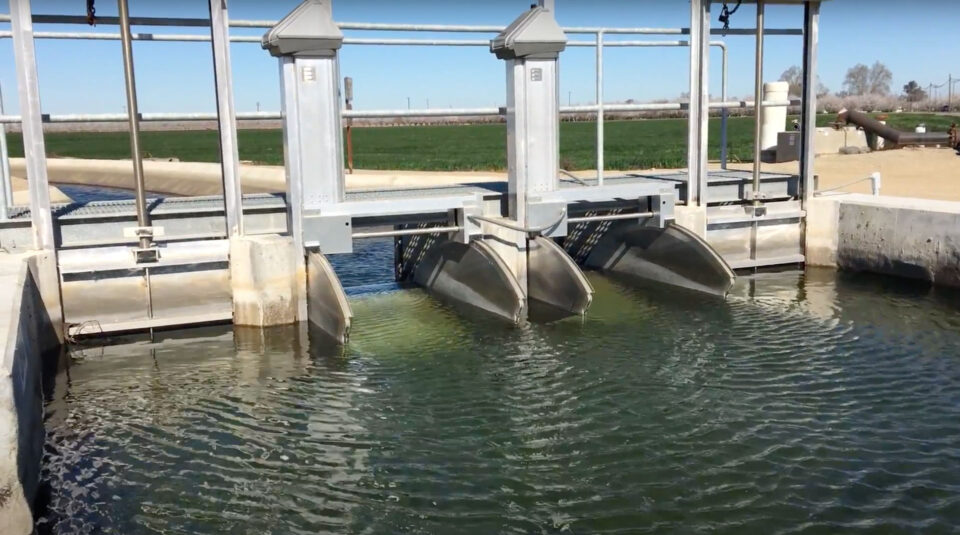
As we watch growers rapidly implementing deficit irrigation to keep their crops alive with what water they have, protecting those same growers against wild financial fluctuations has never been more important. While much decision-making and troubleshooting is being executed at the moment, it’s a crucial time to set some concrete plans.
The lack of water has meant diminished current-year crops, leading to less revenue. Undeveloped land must continue in fallow condition so that water allotments can be used elsewhere on existing crops. Longer-term conditions are impacting the value of land based on the future water outlook, and this impacts both the net worth of the owner and the value of securities that might be the source of lending from the grower’s bank. All of these events and the resulting financial stress present a myriad of challenges for growers and processors.
Being Financially Resourceful
Tough decisions have growers researching how to be resourceful with their finances. Scaling down the business to protect capital has been a frequent topic of discussion with our growers. Our team has advised on fallowing fields and delaying new plantings, early removal of mature orchards to prepare for future development, and even reducing operations in the short term.
Diversification is another topic that is back on the table. We’ve seen clients use a 1031 tax-deferred exchange to sell ag land and invest in other commercial real estate ventures. This can help diversify assets for clients with primarily ag-based real estate holdings when there is concern about long-term water or market issues. For example, a family that has farmed for multiple generations may have accumulated a sizeable amount of farmland. From a financial perspective, it may be wise to consider diversifying a portion of those assets into other forms of real estate.
Growers should also be mindful of the market dynamics regarding supply and demand for their crops. If water constricts supply by reducing the size of the crop, then in theory, the existing demand levels should cause prices and overall returns to go up. This is also a good time to ask if there are opportunities to produce less product but at a higher quality or consider another value-add that will have a greater financial return in the market.
Planning for Expense Variances
Fickle water pricing and availability have led us to examine some best- and worst-case expense scenarios with our clients seeking preparedness and opportunities. We start with a budget or cash flow projection tool to understand your “normal year” or average costs of production. With a budget or cash flow projection in hand, consider the following questions:
How much revenue loss can you handle and still break even?
What pricing of water is justifiable? What is the cost of water (if available) versus loss of yield? If water is available, can higher water costs be offset if the crop price increases due to shrinking supplies?

Do you have capital available to withstand losses from drought years, or should land be sold/put to alternative use?
What does the model of cash flow look like three to five years in the future under various water availability and pricing scenarios? Remember, permanent crops cannot be easily scaled down in small increments; more often than not, related decisions impact large blocks of land and long-term investments (or loss) as plants are removed or time passes before new plants become productive.
Are your farm lenders in the loop? If the land is security for a debt or operating lines, will the lender impair value based on decreasing water allocations? Will that impact the borrowing base?
How will losses impact taxes and cash flow? Can losses be carried back to reduce prior-year taxes paid, or should they be held to offset future income?
Our team at Grimbleby Coleman CPAs encourages growers and processors to come to the table with hard-hitting questions on the modeling of cash flows, tax impacts and losses, write-offs from new developments and financial resourcefulness ideas to get through this drought. With that information, we can develop the right financial plan.










